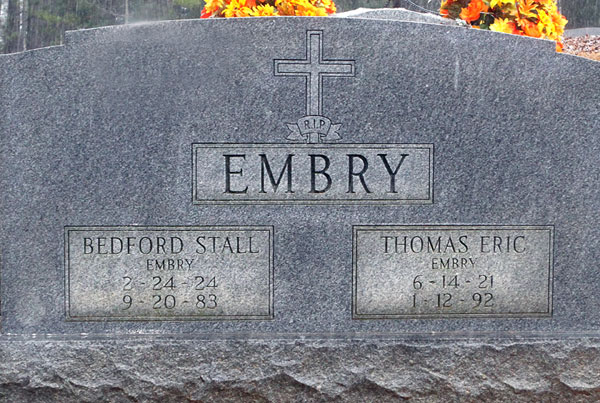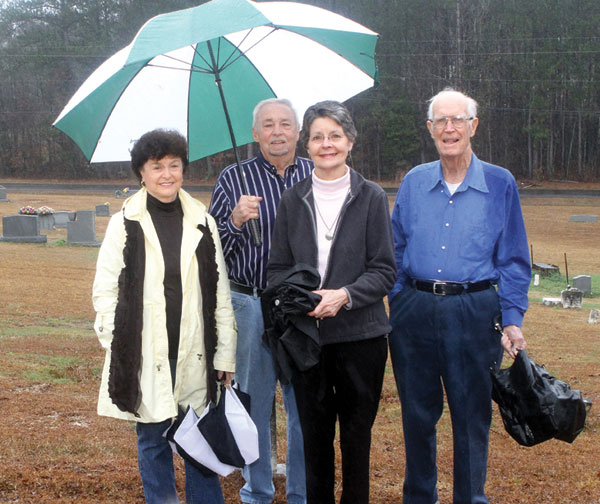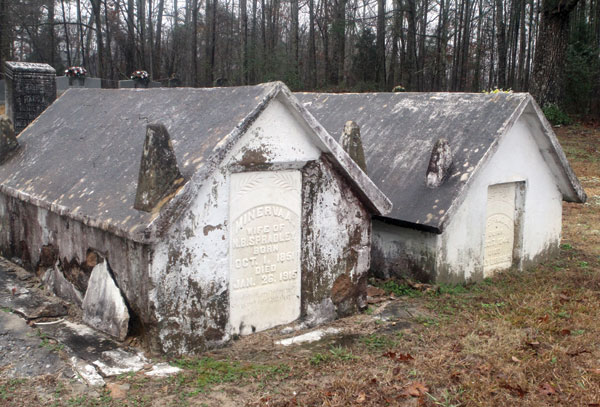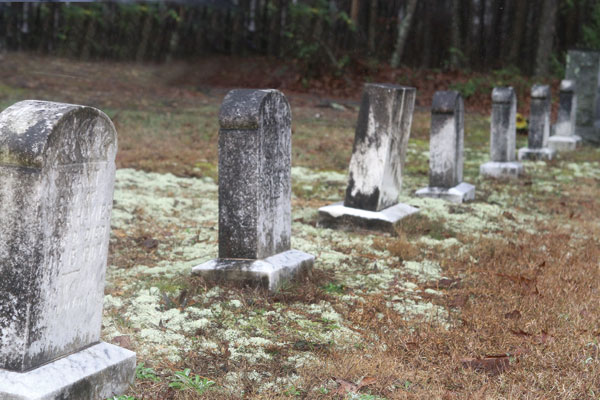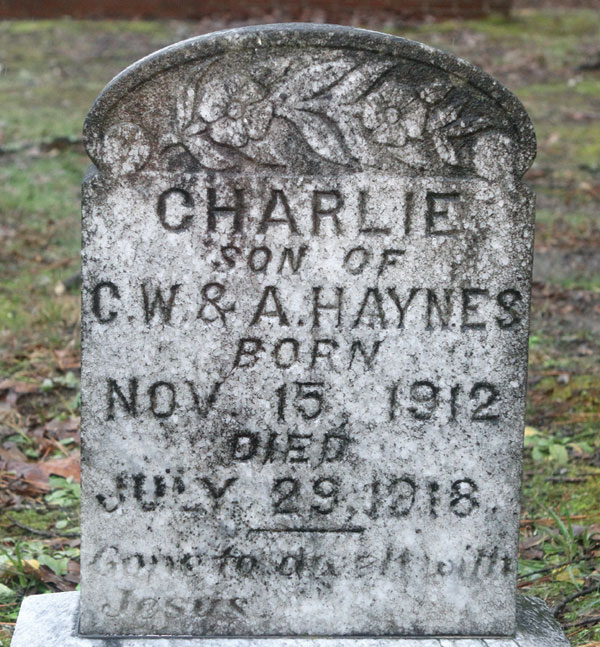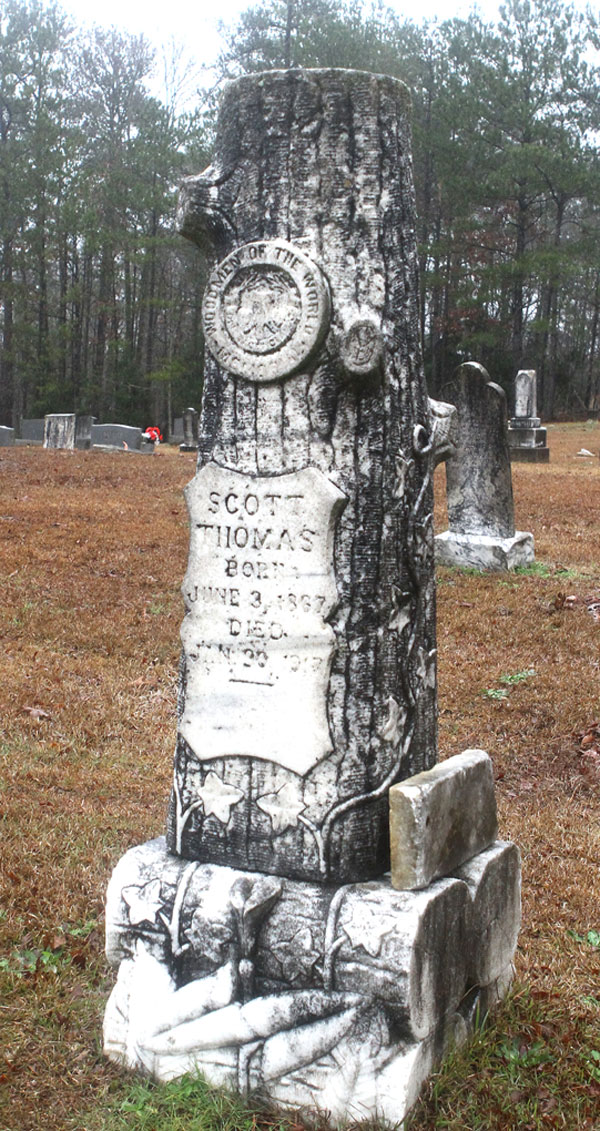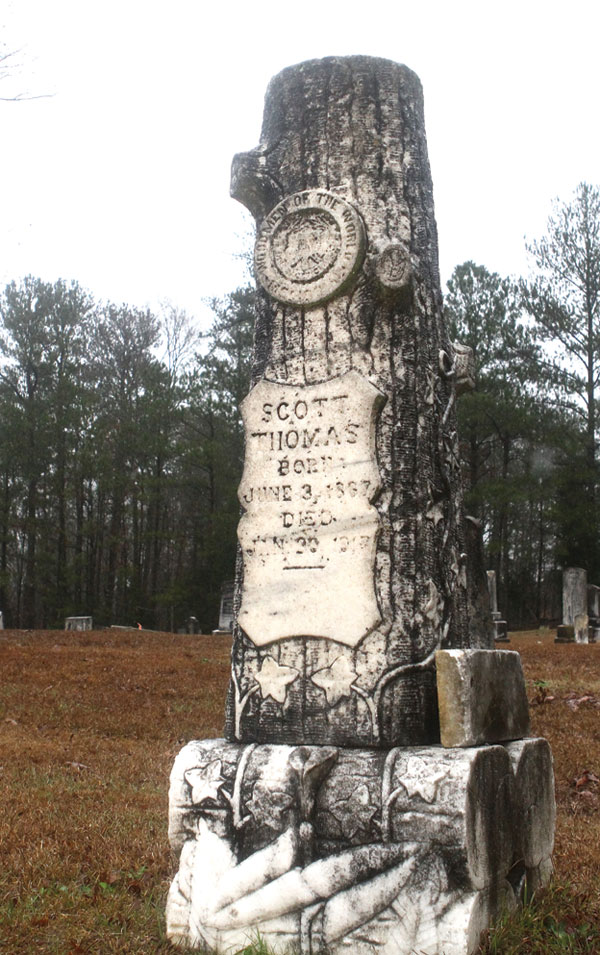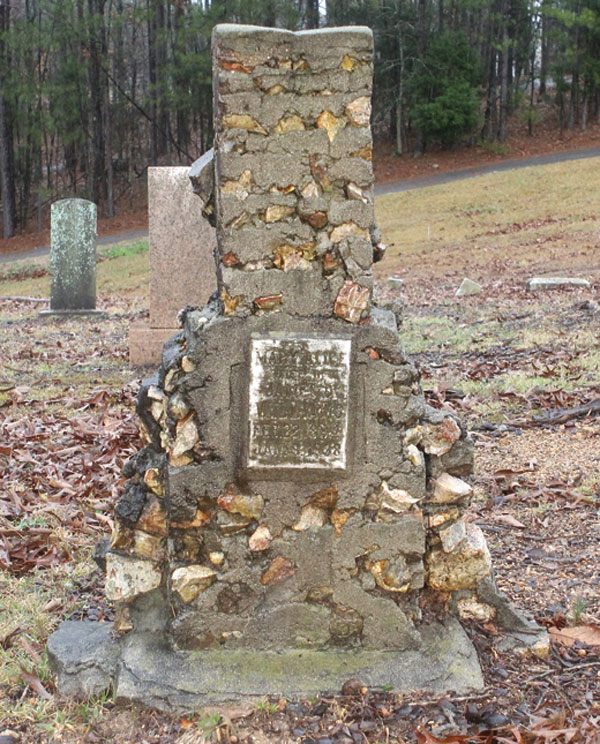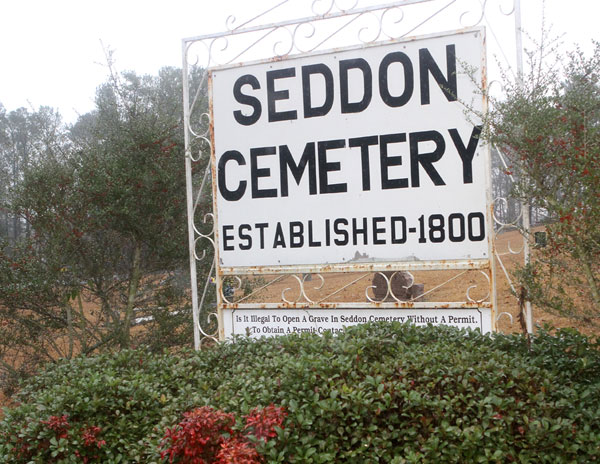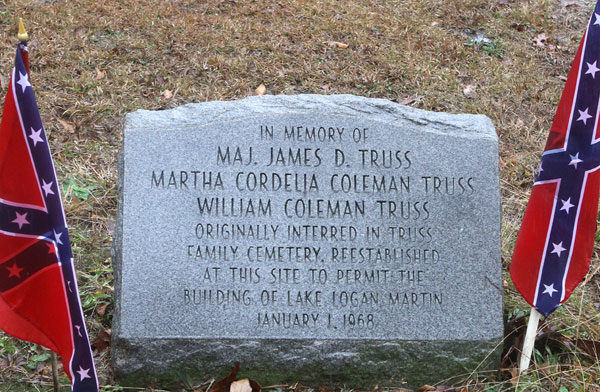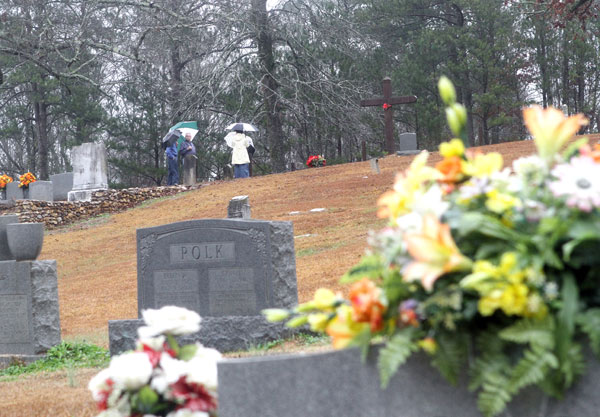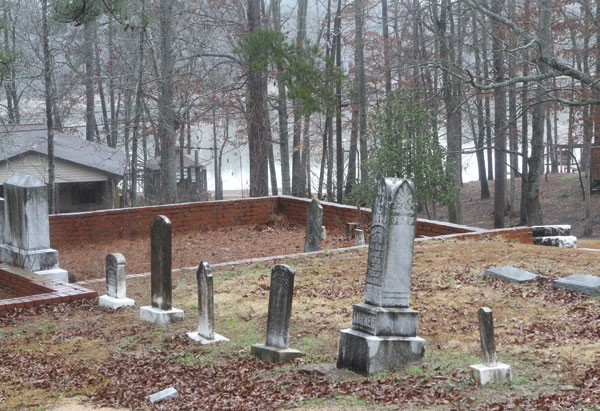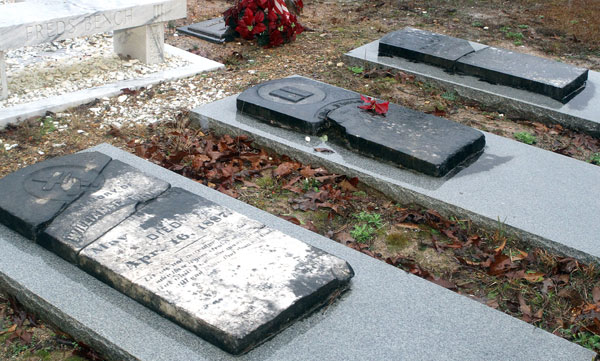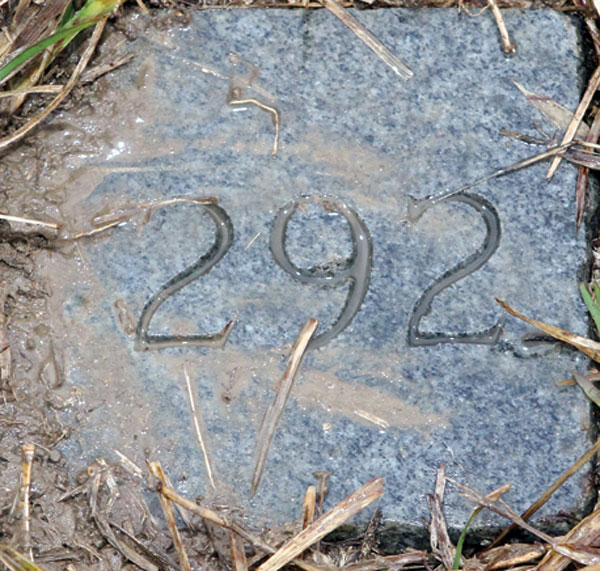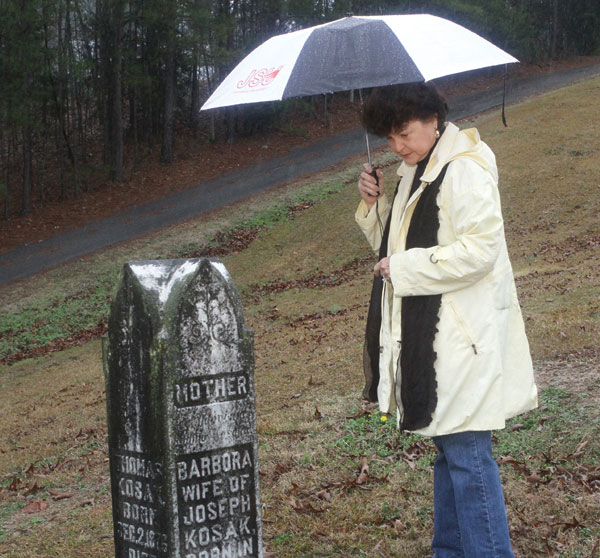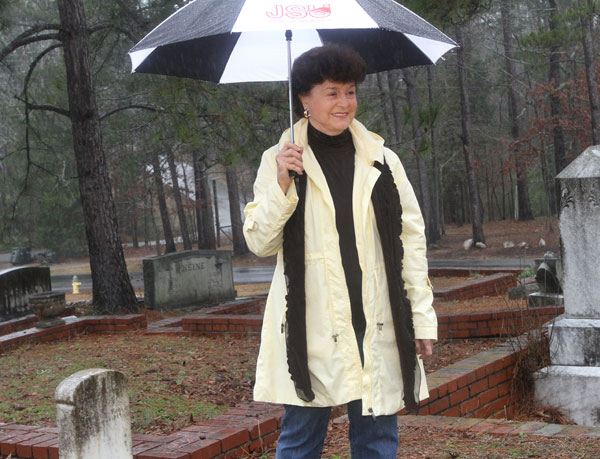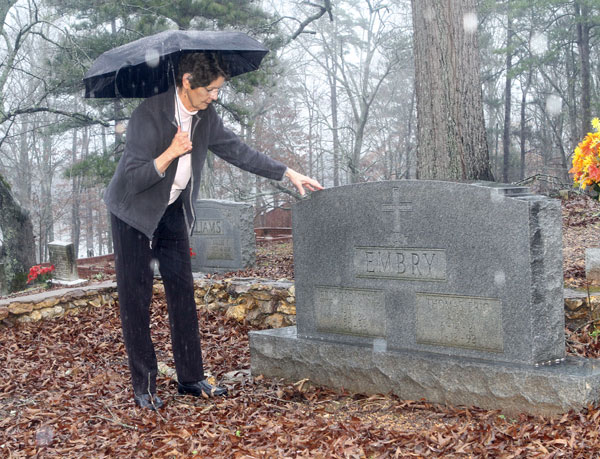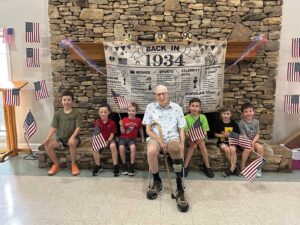
 A modern tale of historic survival
A modern tale of historic survival
Story by Carol Pappas
Photos by Jerry Martin
It would be more than a decade before the young, upstart town known as Pell City would be incorporated to its west. Riverside lay to its east. In the middle, thrived the timber town of Seddon. Population: 500.
The year was 1880 when Seddon Community was established — Georgia Pacific Railroad System to its north and the Coosa River on its southern side.
Named for Thomas Seddon, the first Secretary of War for the Confederate States under President Jefferson Davis, its place in Alabama history is well-rooted.
But the Seddon of today is little more than a shoreline on Logan Martin Lake, its most prominent remnant, the Seddon Cemetery that stands above it on a hillside.
Jimmie Nell Miller calls Seddon Cemetery, “A Survivor of the Flood Waters,” and she probably knows its history more intimately than most. She should. She has invested months into research and gathering supporting evidence to have the Pell City cemetery listed on the Alabama Register of Historic Cemeteries.
In October, her quest was successful. It joined only one other cemetery in St. Clair County, referred to as the old Pell City Cemetery, on the prestigious list of only 548 across Alabama.
“It has gotten me into a lot of history of the area I never would have gotten into, that’s for sure,” she said, noting that six generations of her own family are buried there. Her husband, Ray, serves as chairman of the board of trustees for the cemetery, and the couple along with others, are working to preserve it — and its history — for the future.
As you enter the cemetery, a nondescript black-and-white sign proclaims, “Seddon Cemetery — Established 1800.” The earliest legible marker is from 1840, some 40 years before the town of Seddon was founded.
In the narrative supporting Seddon Cemetery’s inclusion on the historic list, Mrs. Miller talks of the town’s history. “There were two churches built in the booming Seddon community. One was Fishing Creek Methodist Church, which was located on a hill and beside it was a graveyard.”
Fishing Creek, the Millers explain, was the name of a nearby tributary on the Coosa River. Close by was Ferryville, named for the ferry that crossed the Coosa from there en route to Talladega. Eventually, it would be known as Truss Ferry, its name coming from Maj. J.D. Truss, a Confederate officer who built the ferry and for whose family Trussville was named.
He had been a captain of the 10th Alabama Infantry. “He and his men mustered under an apple tree in Cropwell, Alabama, then marched to Montevallo (75 miles), where they took a train to join Gen. Robert E. Lee in Virginia,” Mrs. Miller wrote. A Confederate flag marks his grave in Seddon today.
The Trusses were a prominent family in St. Clair, many of their ancestors buried in Seddon Cemetery. They were among 92 whose remains were moved to Seddon when the Truss Family Cemetery and other gravesites were to be covered by water during the creation of Logan Martin Lake in 1964.
In all, some 1,400 gravesites had to be moved to other Pell City and Cropwell cemeteries to survive Logan Martin’s flood waters, just like Seddon. Homes and buildings were taken down to their foundation to make way for the lake as well.
As she tells the story, Mrs. Miller pores over documents provided by Alabama Power Co., which built the lake, noting how gravesites — marked and unmarked — were moved to neighboring cemeteries to be spared by the flood. Coosa Valley Cemetery, located in the Easonville area, experienced a similar fate with graves moved from an old part to a new one. But some of those buried at Coosa Valley were moved to Seddon as well.
Detailed reports from an Aiken, S.C., mortician note the number of graves moved on a single day, the grave number and name, if available, new number and location of the grave and even the weather that day — fair or cloudy. Many of the graves are unmarked, and older citizens tell stories of playing in the cemetery as children and remembering gravesites marked only with a rock or brick, Mrs. Miller said. Their stories are lost, but an effort to preserve the cemetery is aimed at protecting the rest.
Walking among the markers today is like turning the pages of a history book. Buried at Seddon are veterans of the Civil War, World War I, World War II, Korean and Vietnam wars.
The late Alabama Supreme Court Justice Eric Embry is buried there as is his father, Judge Frank Embry, who served in the Alabama House of Representatives. They are the only father and son to sit on the same Supreme Court panel — Eric as justice and Frank in a supernumerary post. Eric’s niece, Isabella Trussell, is one of those on the board of trustees seeking to preserve the cemetery so the memories of those buried there can truly be eternal.
As a lawyer in the 1960s specializing in civil law, Eric Embry was retained by the Saturday Evening Post, CBS and New York Times. The Times case led to the historic Sullivan Decision, still a key precedent in arguing Constitutional law for Freedom of the Press. Frank Embry not only served in the Legislature, he was a two-term mayor of Pell City and a councilman. As a circuit judge for Blount and St. Clair, he was appointed along with two other judges to intervene in the Phenix City racketeering scandal of 1954, where hearings struck down local elections.
The old monuments hint at when the plagues came through Alabama. One family lost a child every year for seven years. Seven little monuments in a row mark the tragedies.
Preserving the past for future
The Millers and other volunteer trustees of the cemetery don’t want to see this precious history lost. There were no provisions for perpetual care, and they are working toward charity status to receive tax-free donations.
The only sources of income are lot owner donations and fund drives. Land has been added to the original cemetery, and plans call for future expansion if funds become available.
An application has been made for an historic marker to be erected at the cemetery, which will say:
SEDDON CEMETERY
Established — early 1800s
Seddon Cemetery is recognized
as having historical
significance in this area
and is added to the
Alabama Historic Cemetery
Register by the
Alabama Historical Commission
October 17, 2012
“Seventy years ago, there was still a lot of interest in Seddon Cemetery with memorial days and ‘dinner-on-the-ground’ events, all centered around the cemetery,” Mrs. Miller said. “Since then, there has been a slow and steady decline of interest due to the old families dying off and their younger generations either moving away or having no interest in keeping up old traditions.
“I could foresee the humble little cemetery and its 200 years of local history becoming grown up and forgotten,” she said.
Her husband agrees, and that’s why he is working to save it for the future. “Many members of St. Clair County’s prominent pioneer families are buried in Seddon Cemetery. These people were instrumental in helping make St. Clair County the vibrant, successful county it is today.” They deserve a final resting place that is “dignified and well maintained.”
Calling it a “huge first step,” Mrs. Miller noted that the cemetery’s inclusion on the Historical Cemetery Register should help in gaining interest and funding “to preserve this site for generations to come.”












